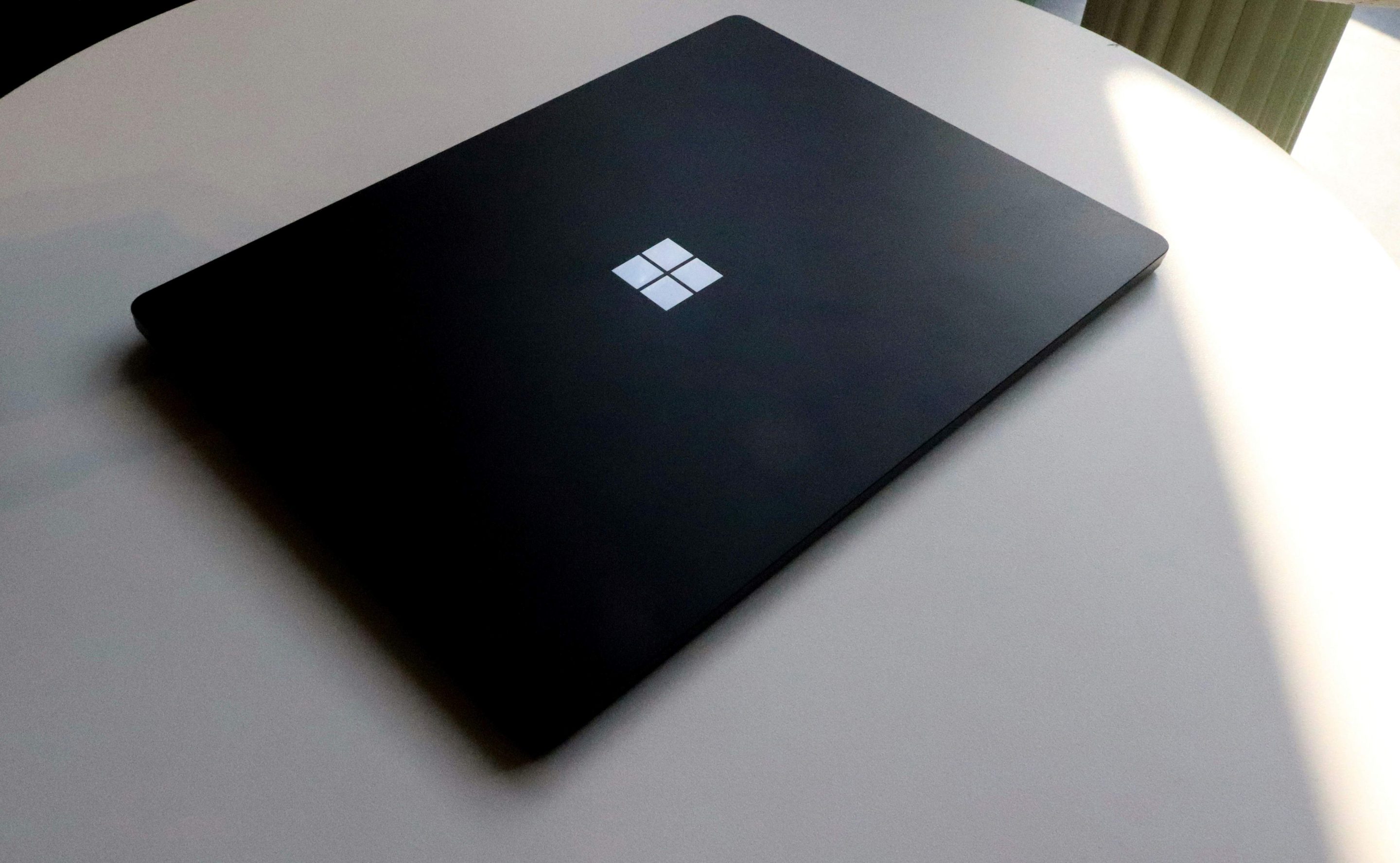Windows 10 End of Life: What does it mean for your business?

After nine years of being the go-to operating system for many companies worldwide, Windows 10 is beginning to reach the end of its lifespan. This means that it will no longer receive any updates and will no longer be officially supported by Microsoft.
Of course, Windows 10 will still be useable even after its end of life. But what does that actually mean for your business? How will you be affected by this change, and what do you need to do to make sure you’re prepared for the challenges that come with moving away from Windows 10?
We’ve got you covered on every front. In this article, Extech Cloud will outline what to expect with Windows 10 End of Life, as well as the steps you need to take to ensure you don’t get caught out by this significant change.
The impact of Windows 10 end of life
Windows 10 is reaching the end of its life. The official date – October 14th, 2025 – will mark the end of official support for the operating system. This means there will be no new security updates, quality-of-life updates, bug fixes, or general support for the platform.
This is massive for any business. While you can still use the operating system, lots of things are going to change, which will ultimately impact your business going forward.
Here are some of the main things that you need to consider:
- Security: Security is a major concern because, as Windows 10 reaches its end of life, there will be no security enhancements or updates. This means that you won’t receive new protection and ultimately remain vulnerable to new malware, viruses, and other network breaches without any chance of them being patched or fixed.
- Compatibility: As Microsoft moves away from Windows 10, so will developers. This means that new applications and software will eventually stop being compatible with Windows 10 – and existing software may not receive new updates. In and of itself, this is also a security risk.
- Functionality: Ultimately, a lack of updates means no new features and the possibility of glitches and limitations.
However, this isn’t going to happen immediately. These issues will arise over time, so everything may appear fine at first. This is why it’s vital to be aware of potential issues; if you choose to use Windows 10 going forward, these are the challenges you are likely to face.
Navigating operational challenges post-Windows 10
The easiest way to avoid the pitfalls described above, is an upgrade to Windows 11. However, it’s important to make sure your entire organisation is prepared for this – and there are a few challenges that you can expect:
- Software: You need to make sure all your software is compatible with Windows 11. This means testing all applications and ensuring any legacy software is made compatible via virtualisation, while also making sure software is documented so nothing gets lost in the move.
- Upgrading: You will need to upgrade every machine, so it’s important to be aware of any that are unable to be upgraded. On top of this, you’ll need a system’s backup to avoid issues during the upgrade process.
- Training: Users will need to be trained on the new software, meaning that you need to run user training and ensure there’s clear communication on what changes employees can expect.
Upgrade paths
The main, obvious upgrade path is upgrading to Windows 11. Windows 11 is Microsoft’s answer to the needs of the modern computer user. Sticking with Windows 11 will help make the transition easier and seamless for users.
However, there are other options you may want to consider:
- Alternative operating systems: You could switch to an alternative operating system, like Linux or MacOS. However, this means learning a new (and possibly more complex) operating system and working out which system meets your needs.
- Extended Security Updates: If you want to stay on Windows 10 past its end-of-life date, you can take advantage of Windows 10 Extended Security Updates. These are paid updates that will give you an extended duration of security updates, allowing you can stay with Windows 10 for a little longer – with the goal of eventually transitioning to Windows 11.
The role of managed services in the transition
A managed service provider is here to support you and ensure you have everything you need when moving past Windows 10.
By partnering with a managed service provider, you’ll have a trusted partner to help you find the best options for your organisation, as well as ensuring you’re not only prepared but able to implement your preferred solution correctly.
Plus, a managed service will ensure your systems are maintained in the long term, meaning you don’t have to worry about maintenance.
How Extech Cloud can help
It’s important to know about the Windows 10’s end of life strategy, so that you can prepare your organisation for the transition next year.
If you’re looking to get started with Windows 11 or need support moving away from Windows 10, reach out to us today. We’re here to help and will ensure you have support throughout the process and beyond.
Get in touch with our experts now and see how we can help.
Related news
Book a free online consultation
We love talking to businesses and understanding what they do and what they need. If you'd like to book a short, no obligation consultation, please provide us with your details. We understand that you may already have an IT company, consultant or team, so all contacts are treated as completely confidential. A fresh new IT approach could begin here...
FAQs
Get answers to common questions here.
News & Resources
Get latest updates, downloads and white papers.
